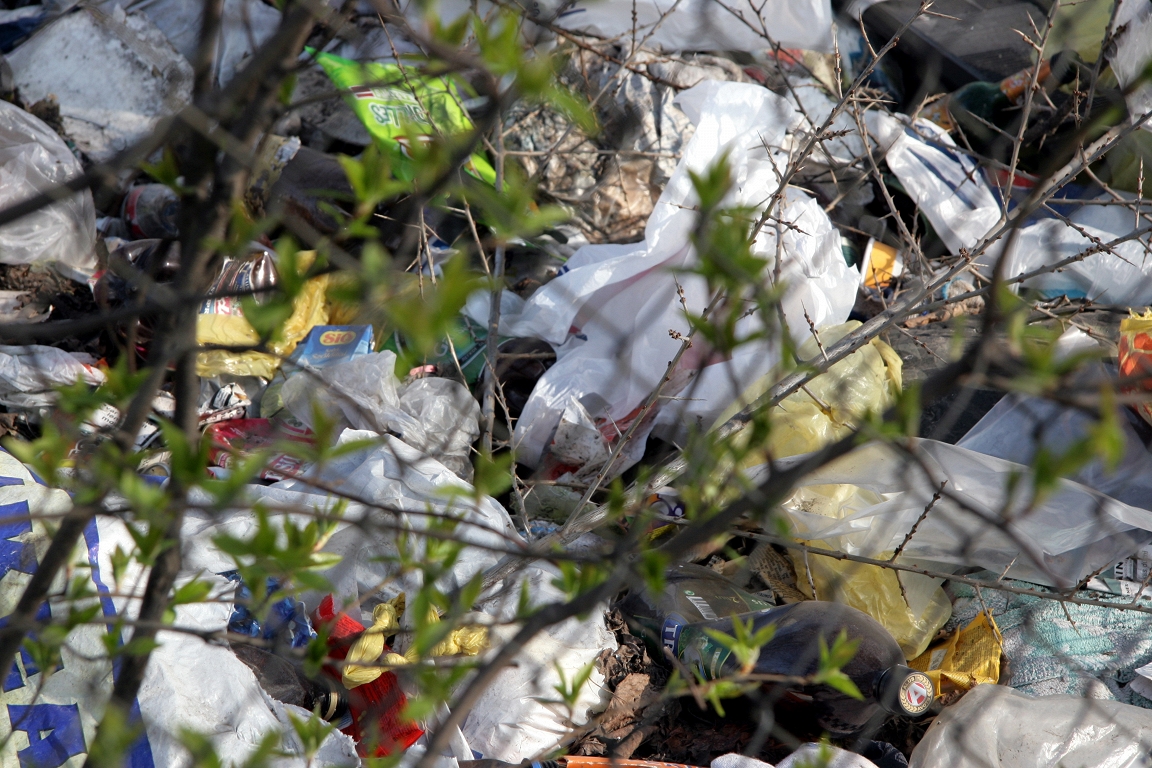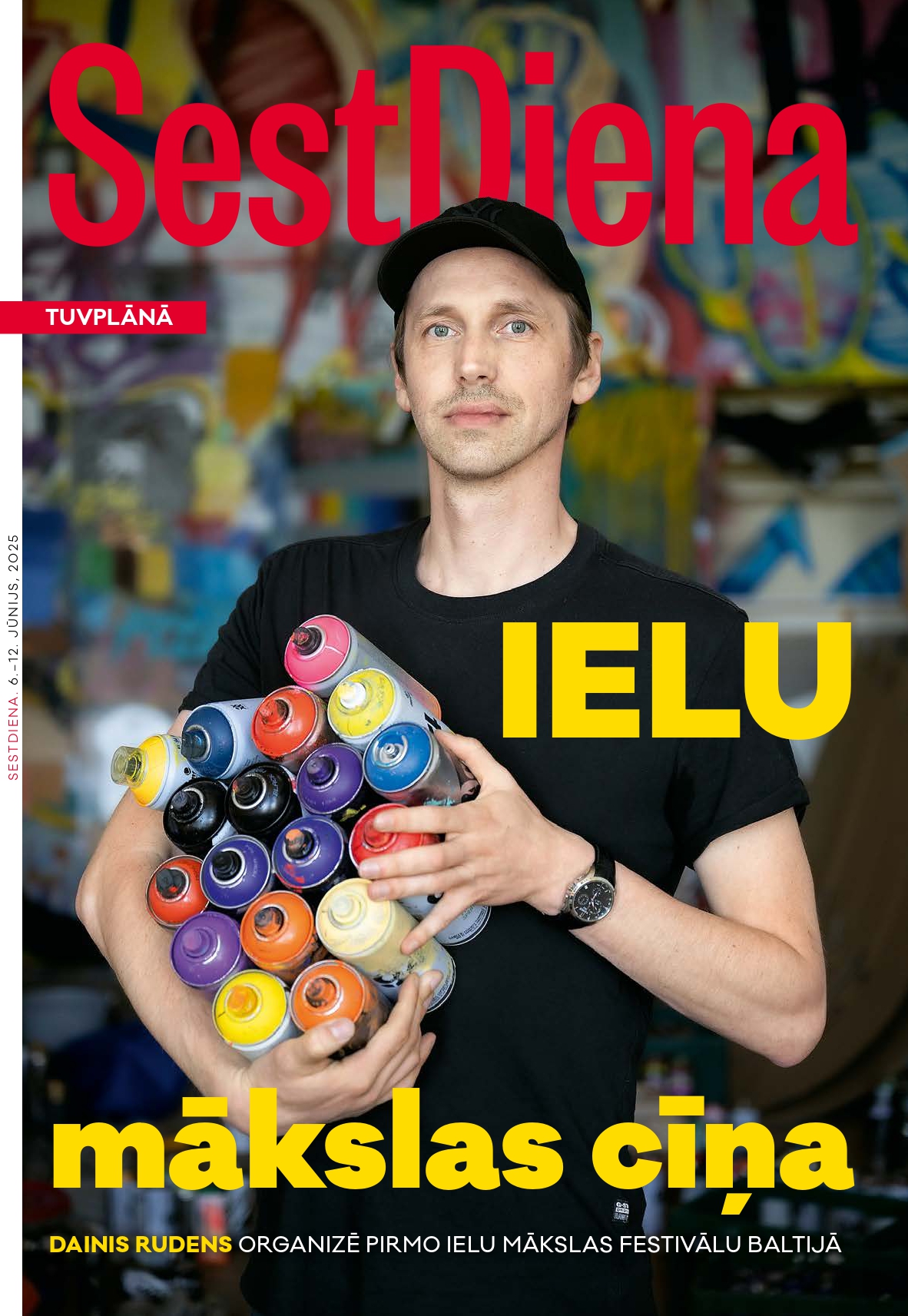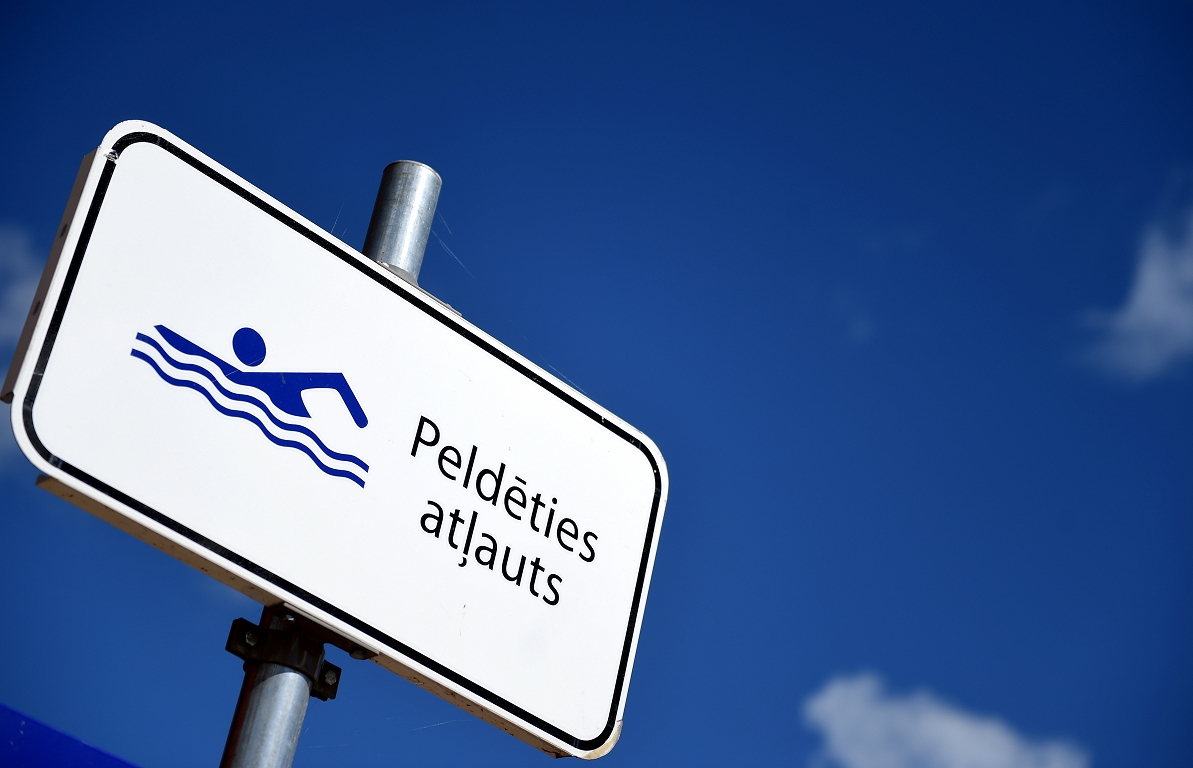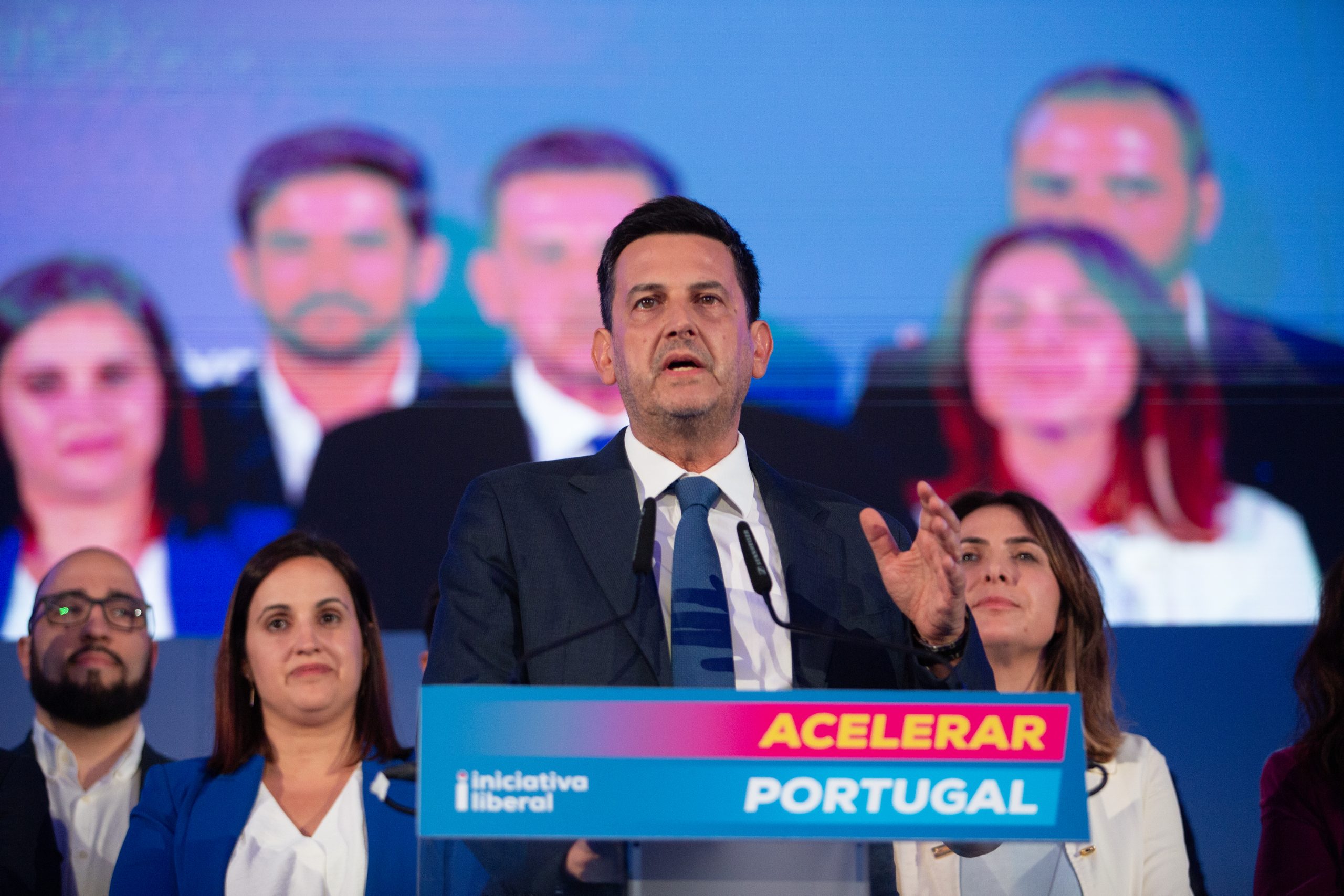The amount of waste disposal is required to reduce four times / day by 2035

At European level, it is stipulated that by 2035, 10% of the total amount of waste may be disposed of in the landfill. Kurevsky emphasized that this was a strict goal, but it was set because « waste disposal is bad ».
Kurevsk pointed out that in 2022 a total of 871,612 tonnes of waste were generated, including 44% buried, 51% recycled and 5% used for recovery.
In 2035, 921,185 tonnes of waste were projected, 65% of them should be processed, 25% of waste should be used in recovery, but 10% of the waste is expected to be disposed of.
At the same time, Kurevska emphasized that at present the waste recycling solution, or the transfer of sorted waste to users, is free of charge for users, while in recovery the energy tax is subject to 15 euros per tonne, but for recovery, natural resource tax is not applied. At the same time, the waste disposal of 120 euros per tonne is subject to the waste disposal.
Among the benefits of waste recycling, Kurevsky pointed out that this reduces imports of raw materials, reducing natural resources, and reducing the cost of waste management for the population. On the other hand, Kurevsky mentioned the energy intensity as the disadvantages of recycling, as well as the need to increase production processes.
She also noted that the benefits of recovery are that it reduces the load on biomass fuels, as well as reduces the cost of heating and waste management, but the production process should also be increased in recovery, as well as the proportion of renewable energy in the final energy consumption.
The advantage of disposal, on the other hand, is that this is a simple solution in the short term, but in the long run, disposal has the environmental consequences, including a special risk for pollution of groundwater or surface water. This is also expensive waste management, mentioned Kurevsk.
She pointed out that Latvia has one of the smallest proportion of waste recovery in Europe – with an average of 26%in Europe, it is currently about 3%in Latvia.
Speaking about the benefit of the population from waste recovery, Kurevsk said that the cost of recovery would reduce the cost of waste management, reduced centralized heating costs, as well as the amount of waste buried, which would also mean reduced damage to the environment.
SIA « Schwenk Latvija », in which the cement factory is being burned, the board member Evita Gosh said that the amount of waste received from local suppliers has a tendency to increase over several years and the company would like to preserve this trend.
Last year, of the 160,000 tonnes of waste needed for the production of Schwenk Latvija, about 57,000 tonnes were received from local suppliers, while in the future the company would like to receive about 100,000 tonnes of local suppliers.
Andris Kulbergs (AS) said at a subcommittee meeting that there was a very important vision of KEM on the issue of heat transfer in the recovery process. Including how much and where the heat is needed, as well as which cities need solutions for central heating.
Kurevska pointed out that the heat supply is an autonomous function of municipalities and does not create a heat supply card, but it is chosen by each municipality that includes it in its development plan.
MEP Mairita Lūse (P) stated that a systemic approach was needed when looking at this issue.
At the same time, MEPs said that at subcommittee meetings need to look at heat demand issues.
It has already been reported that the issue of waste recovery has been updated at the initiative of the Company on Safe Distance Determination from Waste Burning Plants. Several commissions and subcommittees have already taken place in the parliament, with ambiguous views, as well as a protest at the Saeima House.





/s3/static.nrc.nl/images/gn4/data133314127-765aec.jpg)
